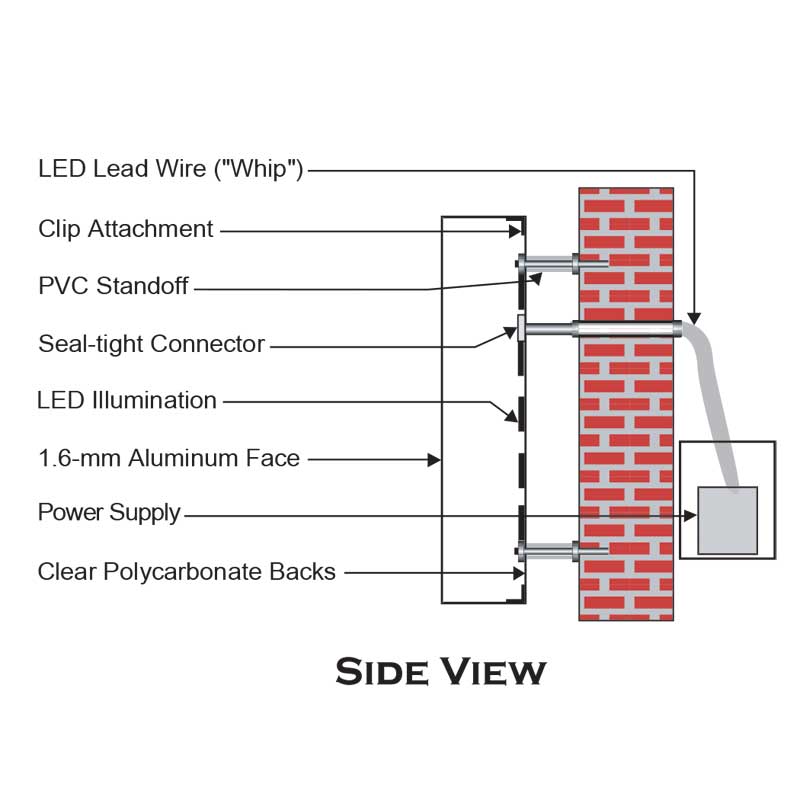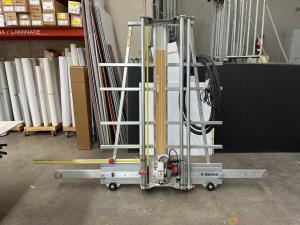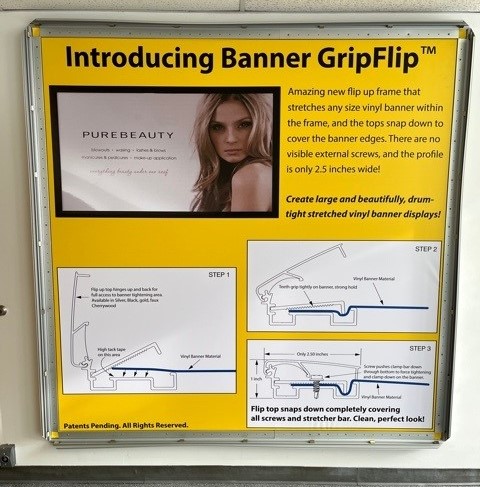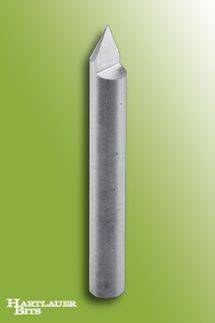LEDs: The challenges of illuminating channel letters

Reverse-lit letters
For reverse-lit channel letters, the primary challenge for LED illumination is to produce a halo of sufficient brightness and breadth to provide a complete and legible outline for each of the letters.
It has become a common practice to mount the LED modules to the back of channel letters, rather than to the front of their interior face. In this scenario, the modules are mounted directly onto a clear, thermoformable, impact-resistant polycarbonate sheet that forms the back of each letter. The LEDs’ light is directed toward the inside of the light, but then reflected back out. When configured correctly, this setup can provide an even, balanced halo of light around the letter, as viewed from the front.
Mounting distance
The proper appearance of reverse-lit channel letters depends in part on the capability of the reflected light of the LEDs to fan out from behind to create the halo effect. This capability will vary depending on the letters’ mounting distance from the supporting building’s wall or façade (see Figure 3).
The typical mounting distance for halo-lit channel letters is between 38 and 51 mm (1.5 and 2 in.) from the wall. If the letters are mounted any closer than that minimum distance, then the halo may be compromised and appear too small, making the sign more difficult to read at night.
Return depth
Just as with front-lit letters, the return depth of reverse-lit letters will affect the appearance of their halo illumination.
Generally, a 76-mm return is specified, to provide the optimal degree of reflected light. A 127-mm return may not allow for a sufficiently bright halo.
Façade characteristics
The characteristics of the mounting surface and location must also be taken into account when planning the installation of reverse-lit channel letters with LEDs, as they can have a substantial effect on the presentation of a sign’s halo illumination.
Phenolic wall panels, for example, which are sometimes applied to the exteriors of buildings, have a reflective quality that may negatively affect the appearance of a sign. Their shiny surface can either amplify or distort the halo lighting, to the point where it appears misshapen.
Another issue with mounting a reverse-lit letter set onto a reflective surface is the actual LED modules themselves can become visible within the halo’s reflection on the façade. This becomes more of a concern in situations where the letters are mounted at a lower elevation, closer to the people viewing them.
A façade that has been painted in a substantially different colour from that of the halo lighting may also affect the sign’s appearance, to varying degrees. A bright yellow wall surface, for example, can make white halo lighting appear yellowish, which may not be what the client wants.
Such potential issues should be discussed with the customer prior to the installation of the sign, so as to avoid the element of surprise and to prevent the customer’s displeasure with the letters’ final appearance.






